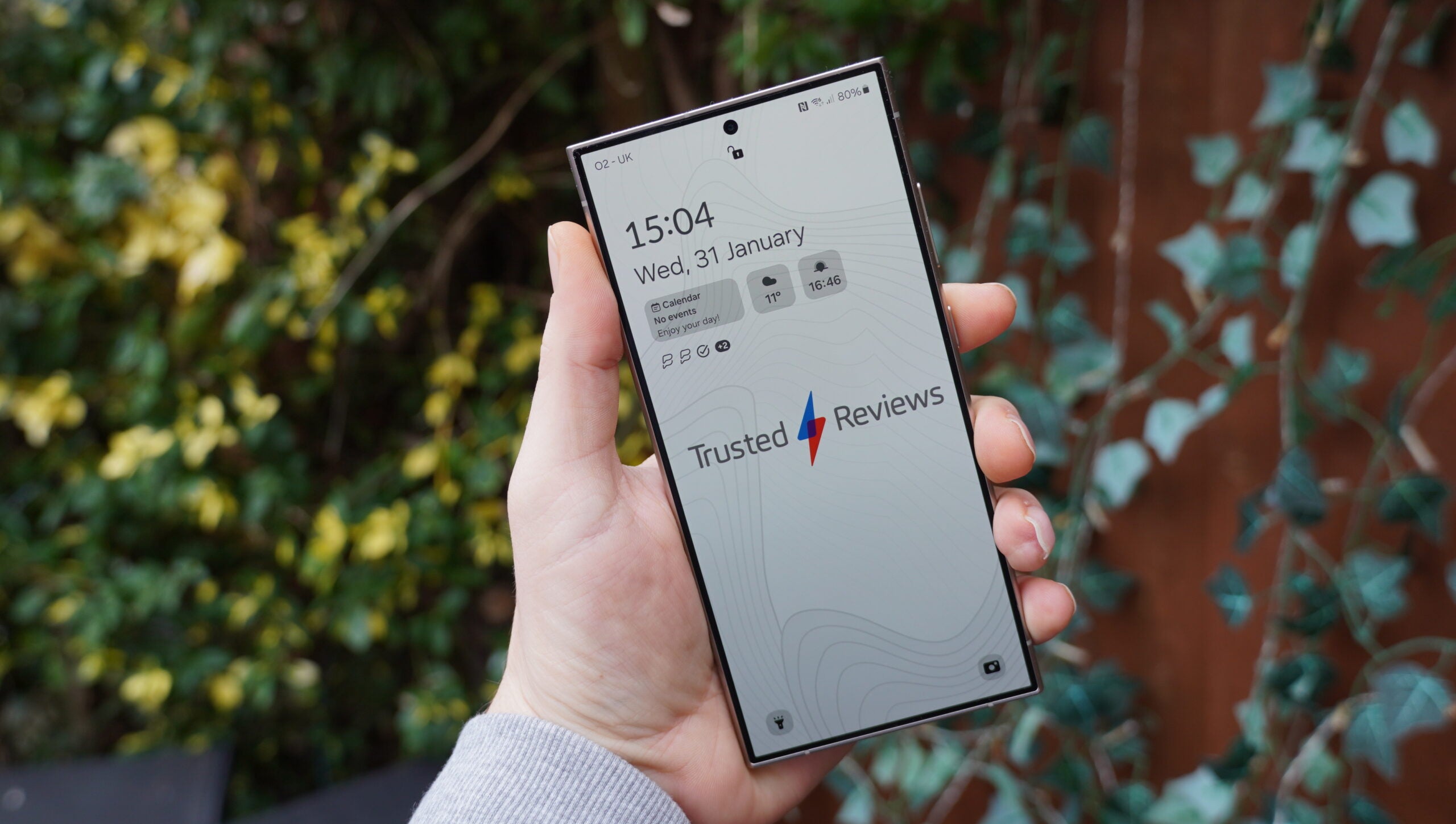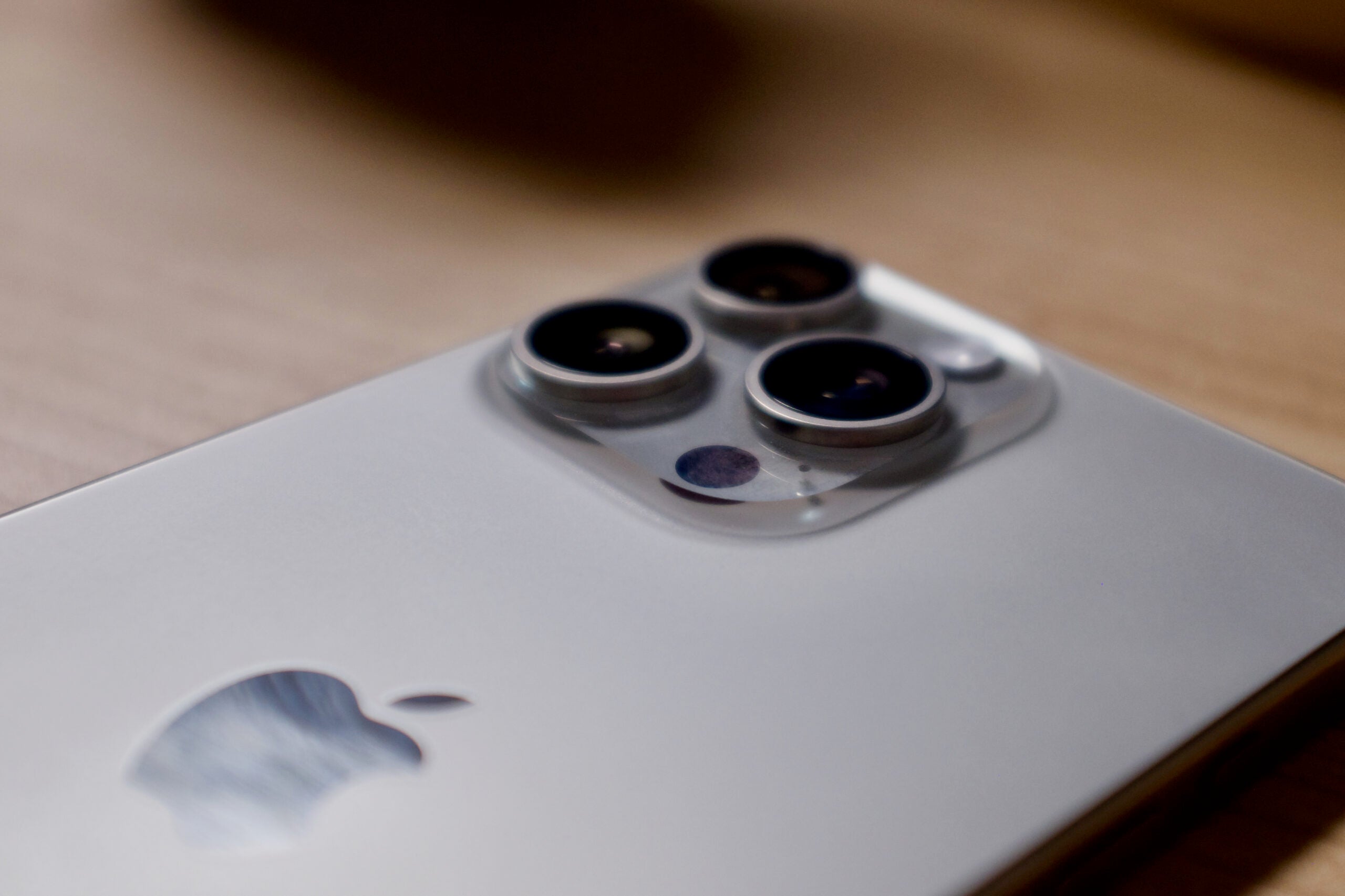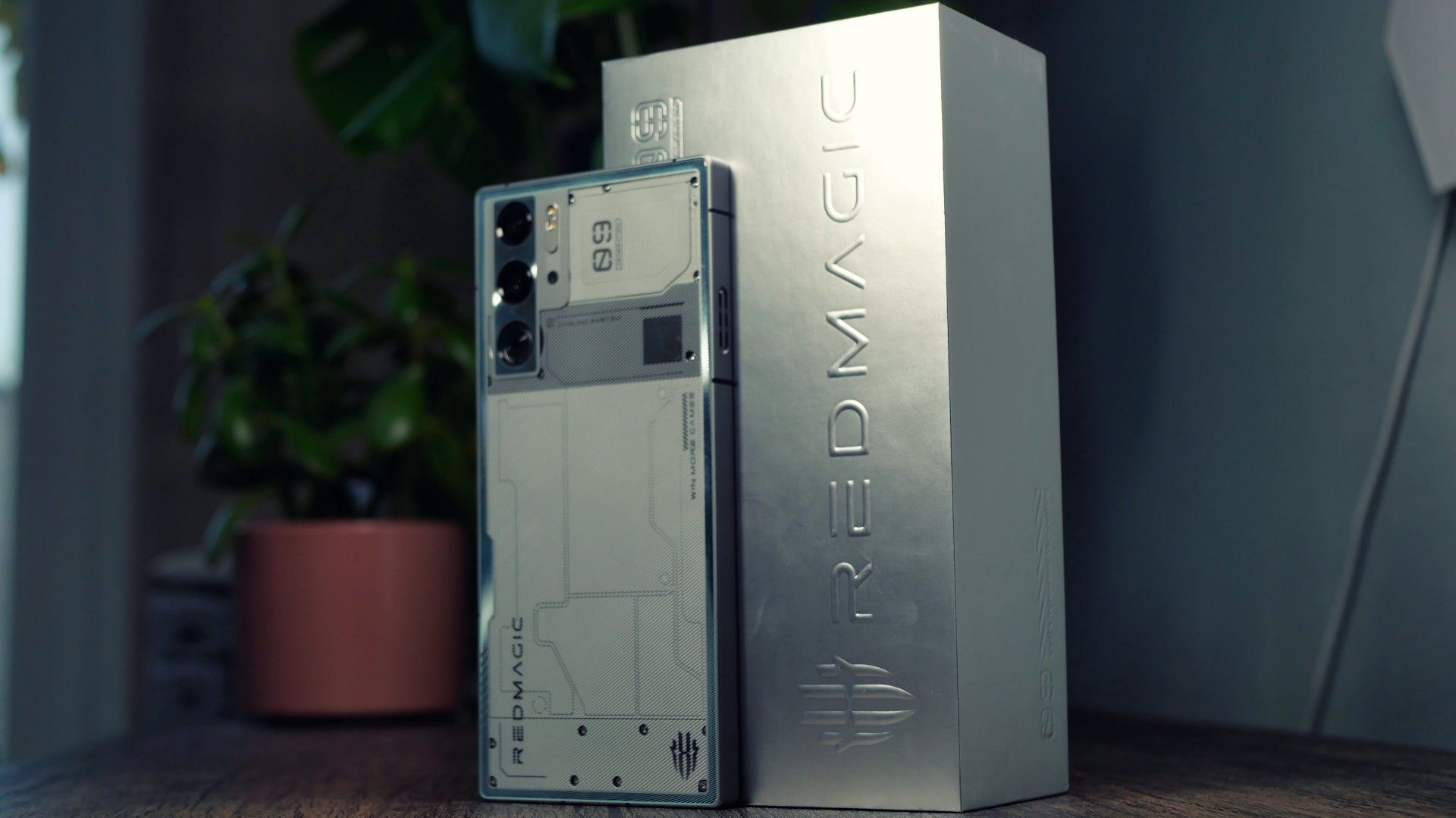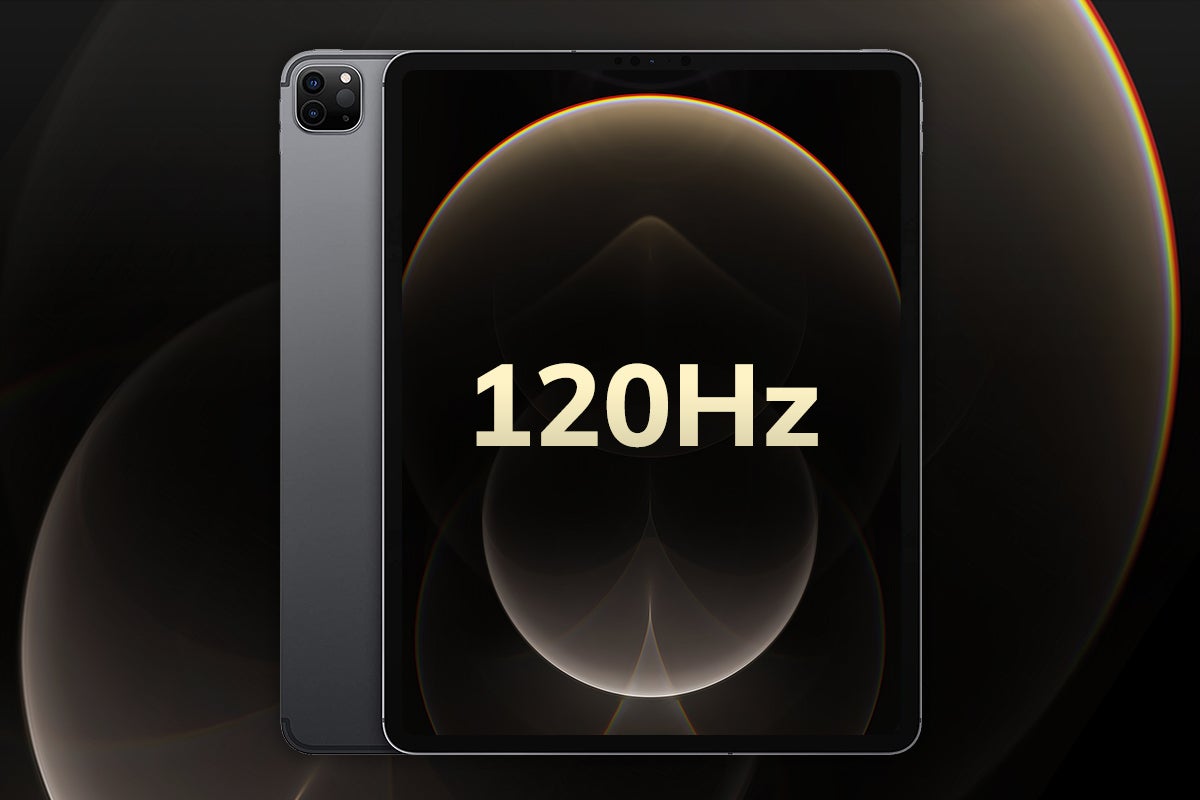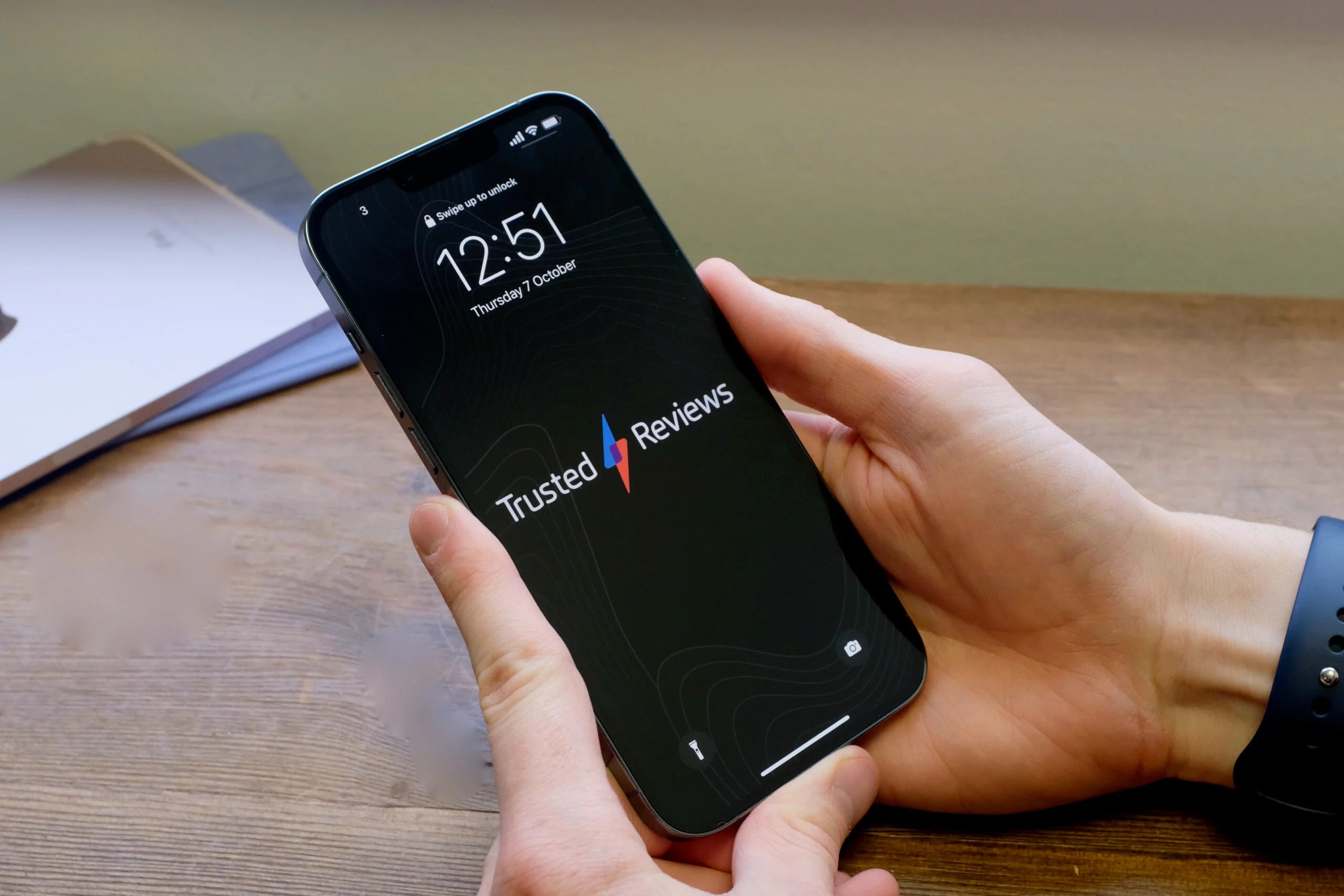What is Nightography?
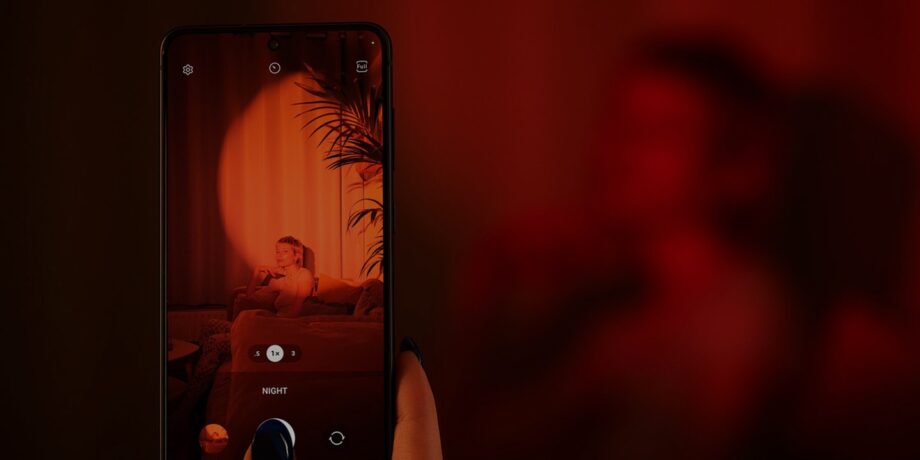
Samsung has developed Nightography as a camera feature to help you take better pictures in darker environments – here’s all you need to know about it.
The Nightography feature from Samsung was first announced during the reveal of the Galaxy S22 series, with the company giving us a deep dive into the technology using the Galaxy S22 Ultra.
As the name suggests, Nightography is a feature that makes it easier for users to shoot photo and video content in dark environments. If you’re interested in learning even more about the software, keep reading on.
What is Nightography?
According to Samsung, Nightography allows users to take vivid and highly optimised pictures even in the dark, so users can enjoy vibrant images that aren’t blurry or badly lit.
There is an AI multi-frame processing system which combines 30 images into one shot and should provide the optimal colour coverage and detail, giving users the best photo out of 30.
The Samsung camera uses a 2.4 micrometre sensor to capture more light, as well as using an anti-reflective coating on the lens which helps to reduce light flares, which are often captured in dark images due to light being reflected within the lens.
Moreover, Samsung uses Night Solution, which automatically detects when you’re taking pictures in a low-light environment, similar to the iPhone’s Night Mode.
What devices feature Nightography?
If you’re wondering which mobile phones feature Nightography, check out the list of all the supported phones below:
- Samsung Galaxy S22 Ultra
- Samsung Galaxy S22 Plus
- Samsung Galaxy S22
- Samsung Galaxy S21 Ultra
- Samsung Galaxy S21 FE
- Samsung Galaxy S21 Plus
- Samsung Galaxy S21
- Samsung Galaxy S20 FE
- Samsung Galaxy S20
- Samsung Galaxy Z Flip 3
- Samsung Galaxy Z Flip
- Samsung Galaxy Note 20
- Samsung Galaxy Note 10
- Samsung Galaxy Z Fold 3
- Samsung Galaxy Z Fold 2
- Samsung Galaxy Z Flip 4
- Samsung Galaxy Z Fold 4
- Samsung Galaxy S10
- Samsung Galaxy A52s 5G
- Samsung Galaxy A52 5G
- Samsung Galaxy A42
- Samsung Galaxy A32 5G



